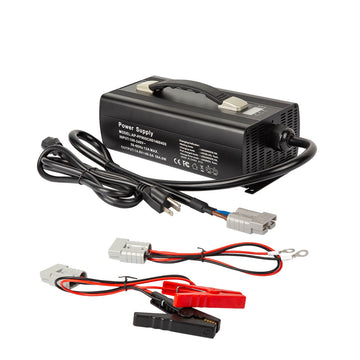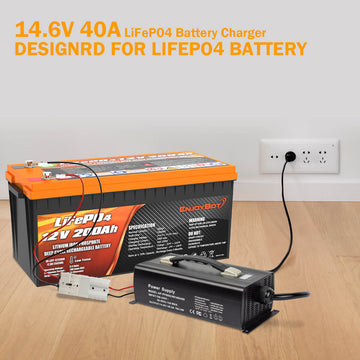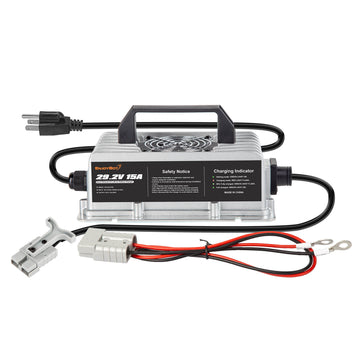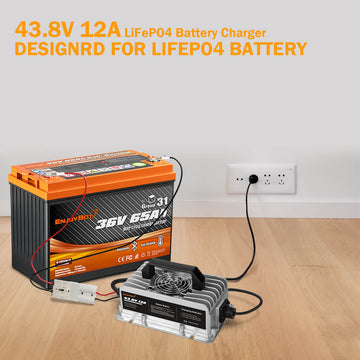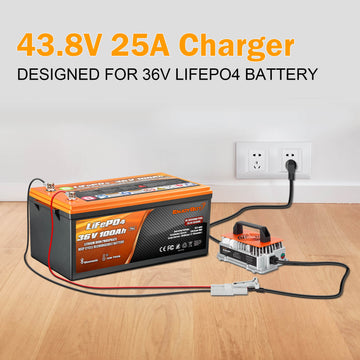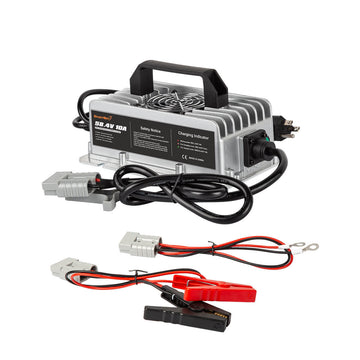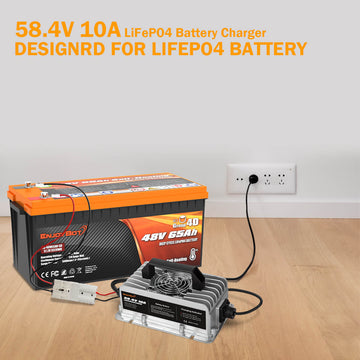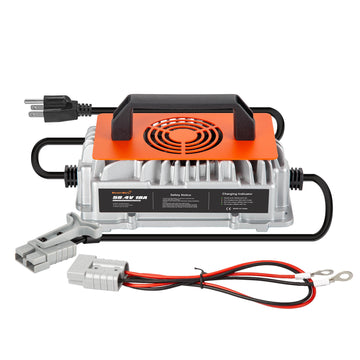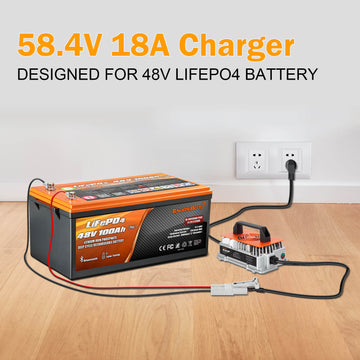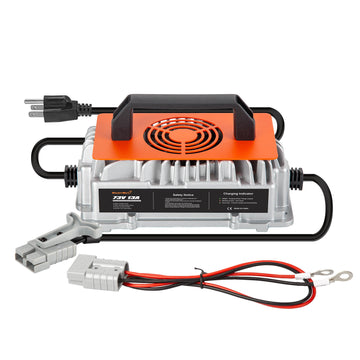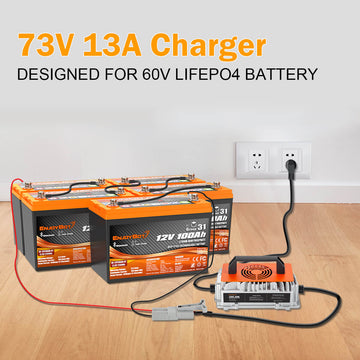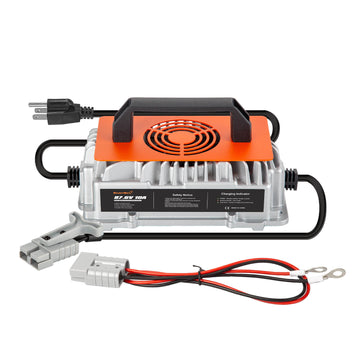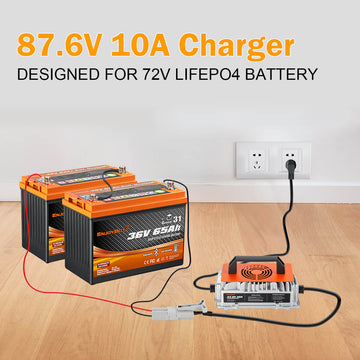How Many Batteries To Run A Microwave?
How Many Batteries To Run A Microwave?

Having a microwave just makes food prep so much easier, so no wonder it is a fixture in homes and RVs. But it does require a lot of power, so how many batteries do you need? That is what this guide is for, to give you an in-depth guide on how many batteries are required to run a microwave.
A regular microwave uses 800 to 1500 watts or up to 130 amps (this depends on the microwave’s size, the settings and how long it runs). But if you factor in inverter inefficiency, which can be up to 15 percent, you will need a 150 amp draw. For this, You should get a 250ah deep cycle battery to run a microwave.
Microwave oven Battery Power Requirements
Microwave ovens come in different shapes and sizes, generally, they are divided into two types, regular microwave ovens, and compact microwave ovens. Regular-sized models require around 1000 to 1500 watts to run, while compact models are running on 700-800 watts.
The calculation is simple:
Microwave oven watts / battery volts = amps
Amps = required battery size
Battery capacity is measured in amps, so the first thing you have to do is convert watts to amps as mentioned earlier. If you have a microwave oven in 1500W, for example, 1500 watts / 12V = 125 amps. So you need 125 amps to run your 1500W microwave oven, but considering inverters are not fully efficient, a 200ah or 250ah battery is more appropriate.
The wattage used by a microwave oven also depends on the settings and how long it runs. Run a 1500 watts microwave oven for an hour and that is what it consumes, 1500 watts or 125 to 150 amps, depending on the inverter efficiency rating.
A good choice would be the Enjoybot LiFePO4 battery (12V 200Ah-300Ah). These are enough to run the microwave oven and do not need as much maintenance as other batteries.
Let's assume that a microwave uses only 125 amps per hour, why should you get a 250ah battery? This is because microwaves consume a lot of power to start up. Batteries also power down faster when more amps are used, so a backup power source is recommended.

Estimate microwave energy consumption
Determining how much energy a microwave oven uses up for any given time requires a little bit of math. Firstly, you need to determine what wattage the microwave is. This can usually be found on a label on the back of the microwave.
Then you use the wattage to determine how many kilowatts your microwave uses in an hour, which is a.k.a kilowatt-hours. If your microwave is rated at one thousand watts, then it consumes 1 kilowatt (kW) per hour.
Now that you know how much energy your microwave oven uses in an hour, we just need to multiply it by run time. For example, if your 1000-watt microwave works for 5 minutes that is 1/12th of an hour. You then multiply the time your microwave was running by the number of kilowatt-hours it used.
1 hour = 1kW of energy used
5 minutes = 1/12th of an hour
1kW x 1/12th = 0.0833kWh

How much does it cost to run a microwave oven?
Now that you know how to calculate how much energy your microwave oven uses at any given time, we can now calculate how much it costs to run it. We will just simply add an extra step to the formula above where we multiply the usage by your costs per kWh.
(Kilowatts/hour) x (run time) x ($ /kWh) = Energy cost to run the equipment
An applied to our previous example:
1kW x 1/12th =0 .0833kWh
0.0833kWh x $0.10kWh = $0.0083
Running Watts and Starting Watts Explained
Just like a refrigerator, a microwave sometimes requires twice as many watts to start as it needs to run. For example, a 1200-watt microwave might need 2000 to 2400 watts to start before running at 1200 watts. Additionally, you should always check the specs to be certain. But it is better to overestimate the battery requirements, so assume that a 1500-watt microwave needs 3000 watts to start or 125 amps.

The starting watts are only for a second or less, but it could pull a lot of power from the battery. Keep that in mind especially if you have a deep cycle battery with only 50% deep discharge. However, this probably won't be an issue if you only use the appliance for a few minutes a day. But you don't have to worry too much about the battery capacity running out so fast if you have a deep cycle lithium battery with a 90%-100% depth discharge.
Do all microwaves have high starting wattage?
Most regular models do, but the portable units may not. For instance, a 700-watt microwave oven may only require around 1000 watts to start. But for your convenience, it's better to have more battery power in case of a power surge.
Even if the starting watts last for only a second, the battery must be able to supply the power. Will it completely drain your system? Impossible, but we strongly recommend having a high-capacity battery just in case.
Not all appliances have starting watt requirements, but larger devices like refrigerators and air conditioners do. Electric motors, power tools and air compressors also have high surge watts.

Which Type Of Battery Should I Use?
You may not know there is another reason to use a high-capacity battery. The more current (amps) is drawn, the faster the charge wears down. Running a microwave oven every day even for a few minutes can take its toll on the battery. But if you use a deep cycle lithium iron phosphate (LiFePO4) battery, you won't meet this problem. It has a BMS technology to protect the battery itself; the deep discharge is as high as 90%-100%, and the lifespan reaches 3000-5000 cycles. For example, assuming a 1200-watt microwave needs a 250ah AGM battery to operate, and most AGM batteries have only 50%-70% DOD. Although this is enough power to run the microwave, the battery will be drawn quickly. If you use a lithium iron phosphate (LiFePO4) battery you can discharge it down to 90% or even 100%.

Good things are always worth the money. Lithium iron phosphate (LiFePO4) batteries can cost twice as much as lead acid. If you run a lot of heavy-duty appliances, tools, and devices, a lithium iron phosphate (LiFePO4) battery is recommended. But for most RVs, deep-cycle lead-acid batteries are sufficient. If RVs require a battery that is environmental-friendly, safer to use, with longer cycle life, lightweight, higher capacity, and less maintenance, then lithium iron phosphate (LiFePO4) batteries are the best choice. In addition, the LiFePO4 battery can run all microwaves.
6V or 12V Batteries
In the past, a 6-volt battery usually produces more amps than a 12V, so connecting two 6V batteries in a series is better than a single 12V battery. However, today, 12V LiFePO4 battery technology has far surpassed 6V batteries.
Additionally, Microwaves require an inverter to connect the battery, in most cases, you have to use pure sine. A pure sine wave inverter can supply more battery power to appliances rather than a modified sine wave. It costs more, but you get the best possible results.

What Inverter Size Do I Need?
Inverters generally support different types of batteries from 12V, 24V, and up. If your system only supports 24V, you can connect 6V and 12V batteries in series to increase the voltage up to 24V or higher. Always check the inverter specs to ensure compatibility.
Inverters come in various sizes, from portable 1200W systems to 5000W and higher. Since microwave oven capacity is measured in watts, you can easily determine if they are compatible. You just need to convert battery amperage to watts (amps x volts = watts) and you are set.
If you have a solar system, chances are you already have an inverter. 3000 watts systems should be enough to run any microwave. If you are in the process of installing one, you need to calculate how much power your microwave will use and every appliance you will operate.

Do Solar Panels To Run A Microwave?
Almost all appliances can work on solar panels, and microwaves are no exception. Running a microwave oven may require just a few hundred watts, but starting it demands a lot more.
A 1500-watt microwave needs at least five 300 watts of solar panels to start up. If you run a microwave on the maximum settings for 10 to 15 minutes, it will use 400W to 500 watts. Longer heating/cooking times need more power. Compact microwave ovens consume less power. You can probably get by with a 600W solar system under a clear sky.
Just like with batteries, once the microwave starts, its power use drops down and solar panels can be used to run other appliances. Unfortunately, you cannot connect a microwave directly to solar panels. Solar power is direct current (DC) and microwaves work on alternating current (AC) power. You need an inverter to turn the direct current (DC) into an alternating current (AC). From there you can run the microwave through solar panels or batteries.
You do not have to choose between the battery and the solar panel. You can use either one during the day, though at night you can only use batteries. Remember that your system also requires a charge controller to manage batteries.

Conclusion
It is possible to run a microwave oven on solar power, but it does require a fairly large system. The good news is that a portable version is available, which can save power. This gives you more flexibility in deciding what microwave to run. You can use solar power during the day and battery power at night, which will save you the possibility of a power outage. The key thing to consider is to calculate the amount of power of all electronic equipment that needs to be powered before installing the solar system (Whether you choose a solar system or just a battery to power your microwave, calculate your electricity usage before making your choice).

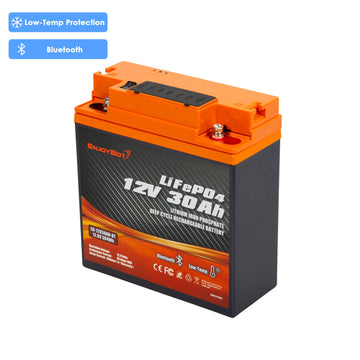
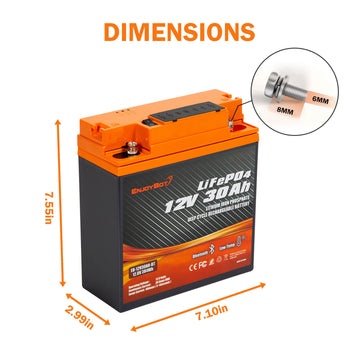
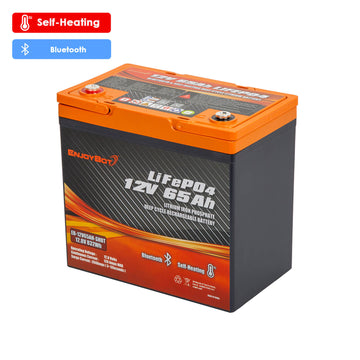
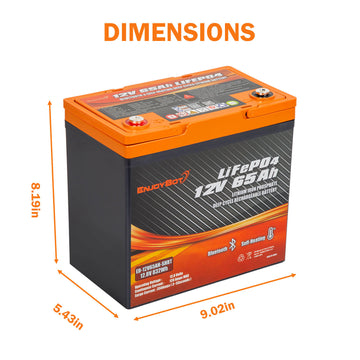
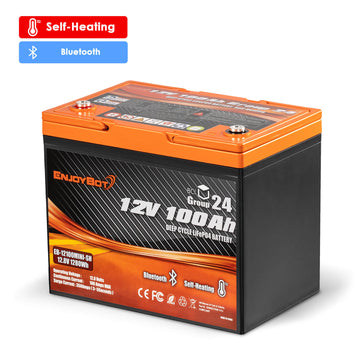
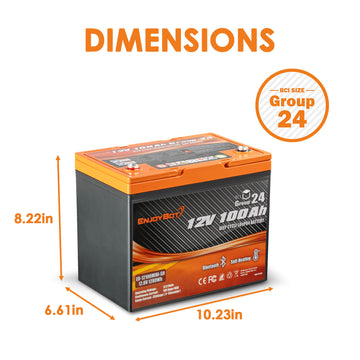

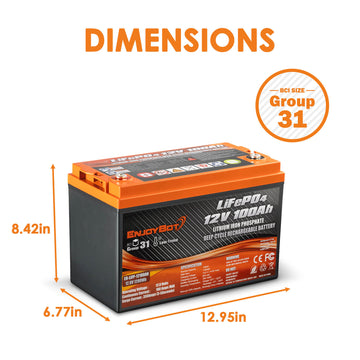
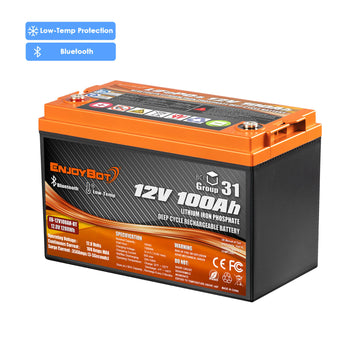
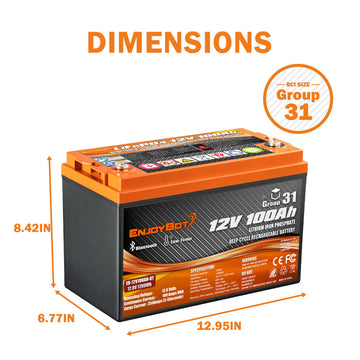

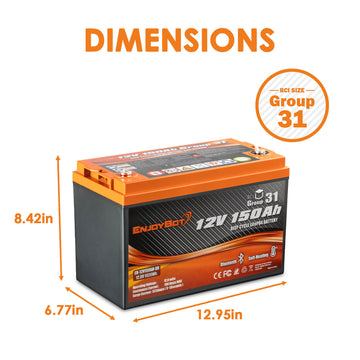


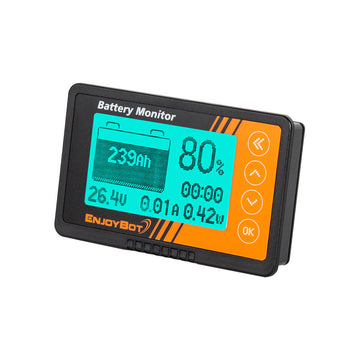
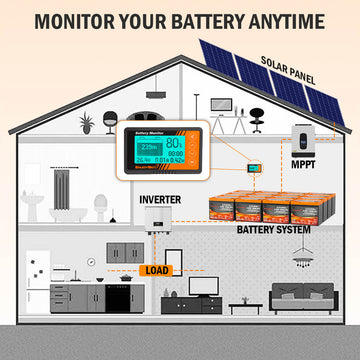
![[Upgraded Version] Enjoybot 14.6V 20A Waterproof Mountable LiFePO4 Lithium Battery Charger For 12V LiFePO4 Battery](http://enjoybotbattery.myshopify.com/cdn/shop/files/14.6V_20A_Waterproof_Battery_Charger_1_360x.jpg?v=1752565609)
![[Upgraded Version] Enjoybot 14.6V 20A Waterproof Mountable LiFePO4 Lithium Battery Charger For 12V LiFePO4 Battery](http://enjoybotbattery.myshopify.com/cdn/shop/files/14.6V_20A_Waterproof_Battery_Charger_2_360x.jpg?v=1752637374)
